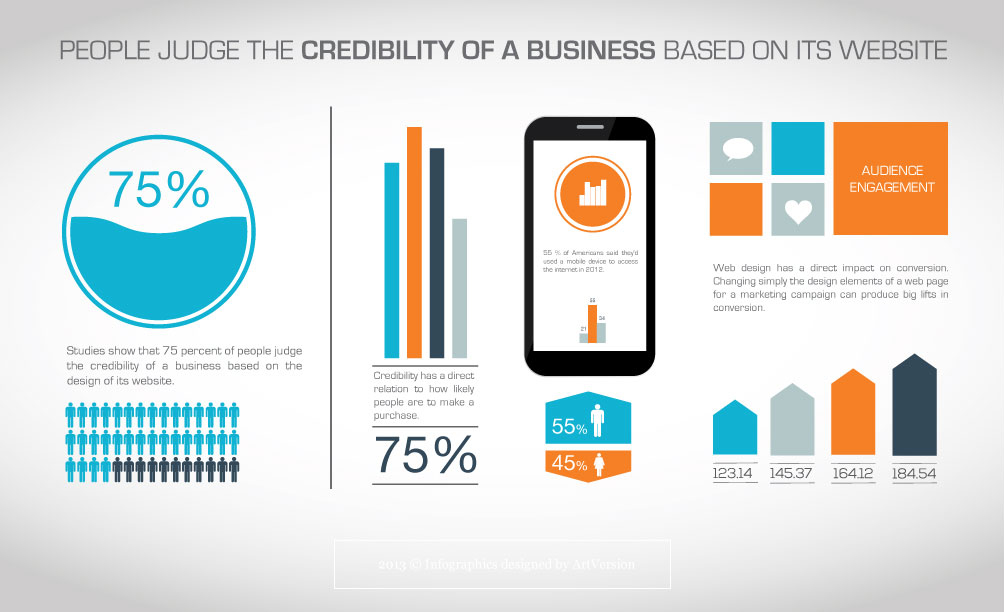Basic Facets Of Website Design: Standards For Establishing A User-Centric Website
Basic Facets Of Website Design: Standards For Establishing A User-Centric Website
Blog Article
Material Author-Aguirre Neville
When it comes to site layout, guaranteeing user-friendliness is crucial. From receptive design to structured navigation, every component plays a critical function in creating a site that accommodates your audience's requirements. However what about the better information that can make or break an individual's surfing experience? Keep tuned as we uncover some often-overlooked pointers that can raise your site's use to the following level, making it really stand apart in the digital landscape.
Importance of Responsive Layout
Receptive layout is an essential element of modern-day website advancement. Ensuring your web site is responsive methods that it can adjust to various screen dimensions and tools, offering a seamless experience for individuals.
With the increasing use of smart devices and tablet computers to access the web, having a receptive style is vital for reaching a wider target market. https://www.entrepreneur.com/article/274809 aids in boosting customer experience by making your website simple to browse and read on any type of device.
Additionally, responsive design can favorably impact your internet search engine positions, as internet search engine like Google prioritize mobile-friendly sites. By having a receptive design, you're also future-proofing your website, as brand-new devices with varying display dimensions remain to arise.
Simplify Navigation Framework
To improve customer experience and help with simple access to information on your website, streamlining the navigation framework is vital. When developing your website, focus on producing a clear and intuitive navigation menu that helps site visitors locate what they're looking for rapidly.
Restriction the number of menu items to the basics, grouping associated web pages with each other to avoid overwhelming users. Usage descriptive tags that clearly suggest the web content of each web page, making it less complicated for individuals to recognize where each link will take them.
Take into consideration applying dropdown food selections for subcategories to avoid littering the primary navigating bar. Additionally, consist of a search bar plainly on the page for customers who prefer searching for certain info.
Focus on mobile responsiveness in your navigating layout to make certain very easy gain access to on all devices.
Optimize Web Page Tons Rate
Improving web page load speed is critical for preserving visitors on your site. Slow-loading web pages discourage users and can bring about high bounce prices. To search engine packages , beginning by enhancing images. Compress https://tituspmtxc.bloggosite.com/37798341/from-blueprint-to-release-grasping-the-craft-of-structure-websites without jeopardizing quality to lower their file sizes.
In addition, make it possible for browser caching to save often accessed resources locally, quickening tons times for returning site visitors. Minify CSS, JavaScript, and HTML documents by removing unneeded characters, remarks, and format, enhancing tons rate.
Consider using a content distribution network (CDN) to distribute your website's content across multiple web servers worldwide, decreasing latency for users accessing your website from different places. Finally, limit the use of third-party scripts and plugins, as they can dramatically influence lots times.
Conclusion
To conclude, by including receptive style, simplifying navigating, and enhancing page tons speed, you can produce an user-friendly website that appeals to a larger target market and boosts user experience. These essential elements ensure that site visitors can quickly gain access to and browse your website throughout different tools, bring about increased involvement and fulfillment. By focusing on these key aspects, you can construct a successful website that keeps customers returning for even more.
